How to Configure Phoenix Firestorm Viewer on Linux
While Second Life and the OpenSim virtual worlds are popular with PC users, some Linux systems have difficulties with running the native viewers. They often develop driver problems, and thus would require users to download proprietary closed-source drivers. Sometimes this might not actually solve the issue. PC owners who are working with a properly configured Linux environment have a few other choices, however.
Alternative viewers are often used to access these worlds in place of the original ones. One of the more popular alternative viewers is Phoenix Firestorm, which is fortunately not too difficult to configure. The installation system uses the same Bash script technology that powers many different types of Linux utilities.
Installing Phoenix Firestorm Viewer on Linux
Begin by downloading the version of Firestorm Viewer that’s appropriate for your Linux distribution at http://www.firestormviewer.org/linux/ and then navigate to the directory that it got downloaded to. You may start a graphical file manager by holding down the Super or Windows key and pushing E. Your distribution might also require you to use the Gnome, Unity, KDE or Xfce Applications menu to start the manager.
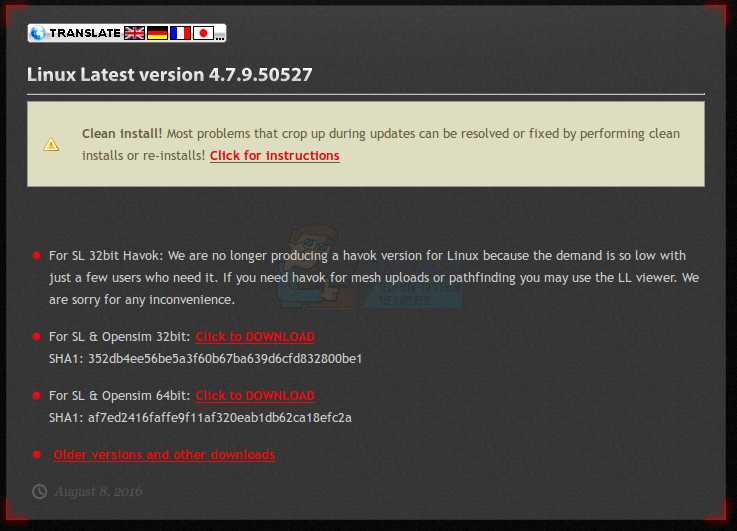
Right click on the archive and select “Extract Here” from the context menu. You may have a slightly different file extraction technique depending on your distribution. The extraction should only take a few moments.

Once the archive extraction dialog box vanishes, select the folder that came out of the archive. You’ll need to then enter it by double clicking on it.

Select a file called install.sh that’s inside of the folder. You’ll need to right-click on it and then select execute script. The archive should have preserved file permissions to allow you to execute it. However, if you need to change them then you can instead select properties and then choose to execute the script.
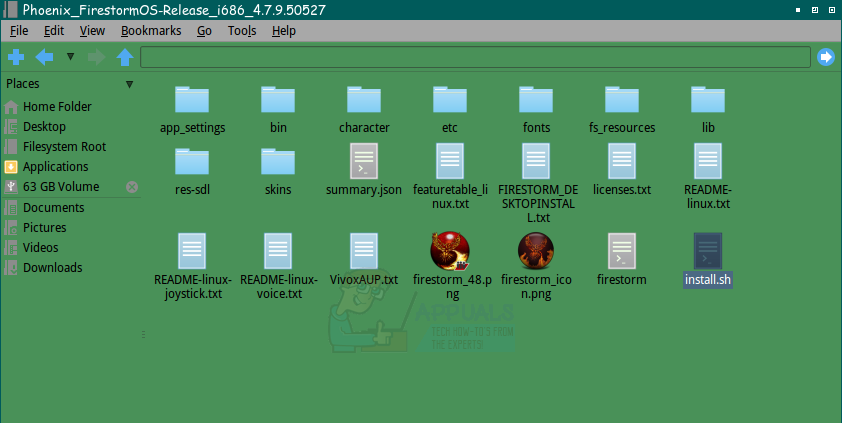
If this seems to do nothing, then double-click on the file and instead select “Execute in Terminal” in the box that comes up. Some desktop environments are unable to tell whether a script should go through its execution in a terminal window.

A terminal window will come up, asking you whether it’s okay to proceed. If you’re not operating as root, then type Y and press enter to proceed. If you’re the super user, then you’ll be installing this for all users, which may not be desirable.
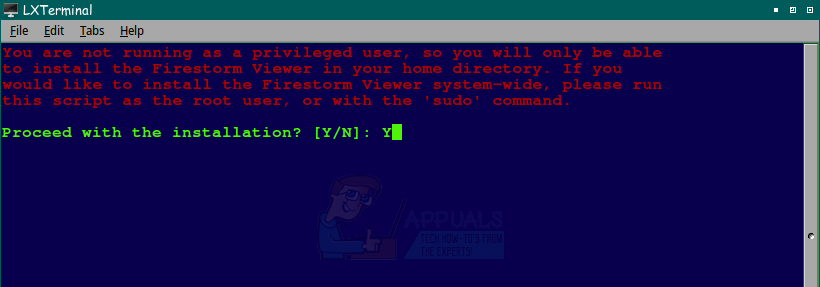
Once the installation process is complete, you can start the Firestorm Viewer from your Applications menu.
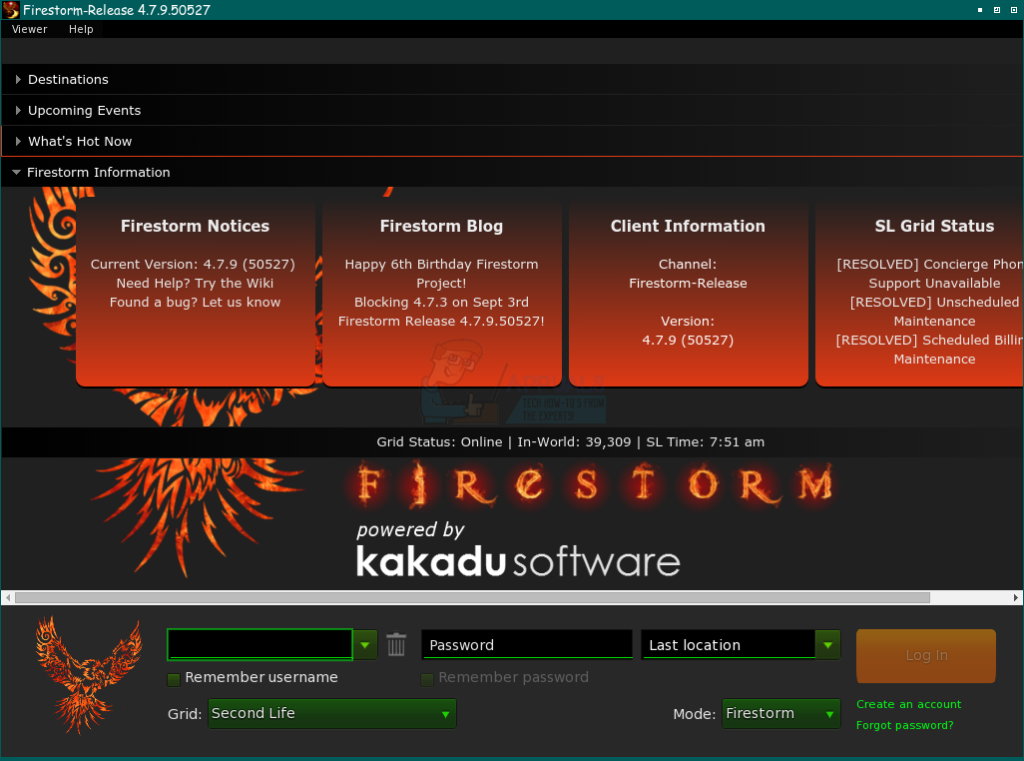
You will want to enter the user name and password for your preferred gaming environment, after which you will then select the environment itself. Before you continue, head to the Viewer menu and select the Preferences function.
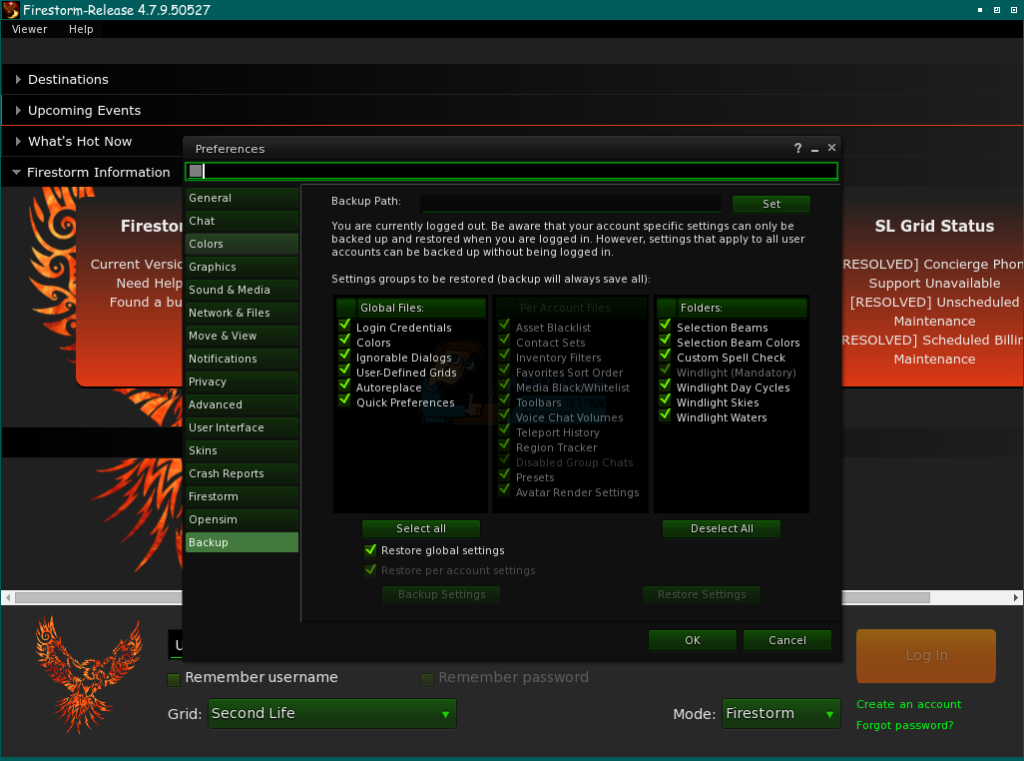
Select the Graphics tab and then slide the performance slider to a point at which you don’t experience interruptions. You should now be able to log in like normal.
